Daniel Kiss
fountain 2484
02 Dec 2016 - 12 Feb 2017
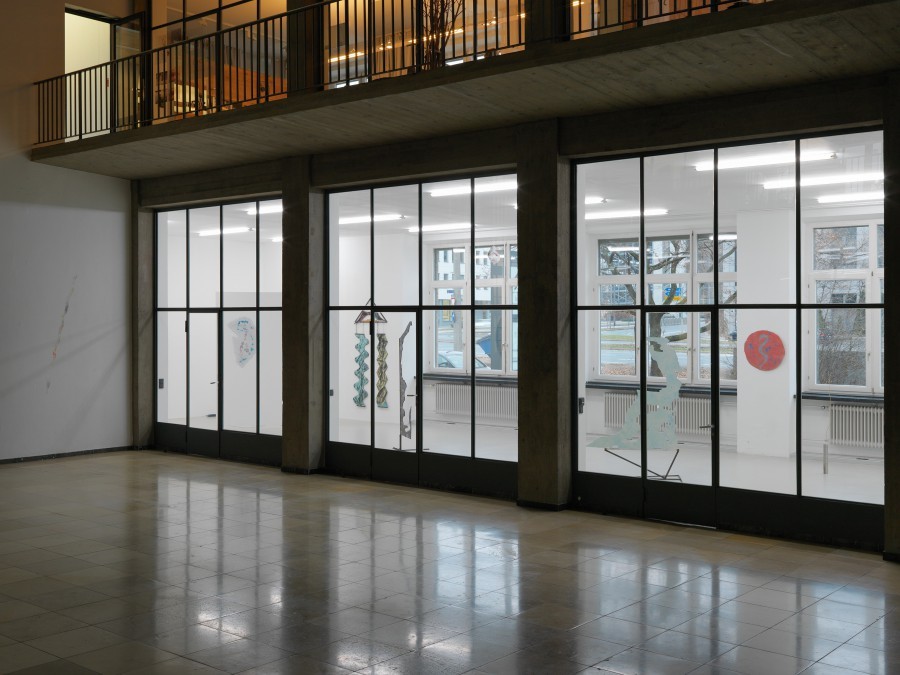
Daniel Kiss
fountain 2484
Installation view, Kunstverein Nürnberg – Albrecht Dürer Gesellschaft, 2016. Courtesy the artist
fountain 2484
Installation view, Kunstverein Nürnberg – Albrecht Dürer Gesellschaft, 2016. Courtesy the artist
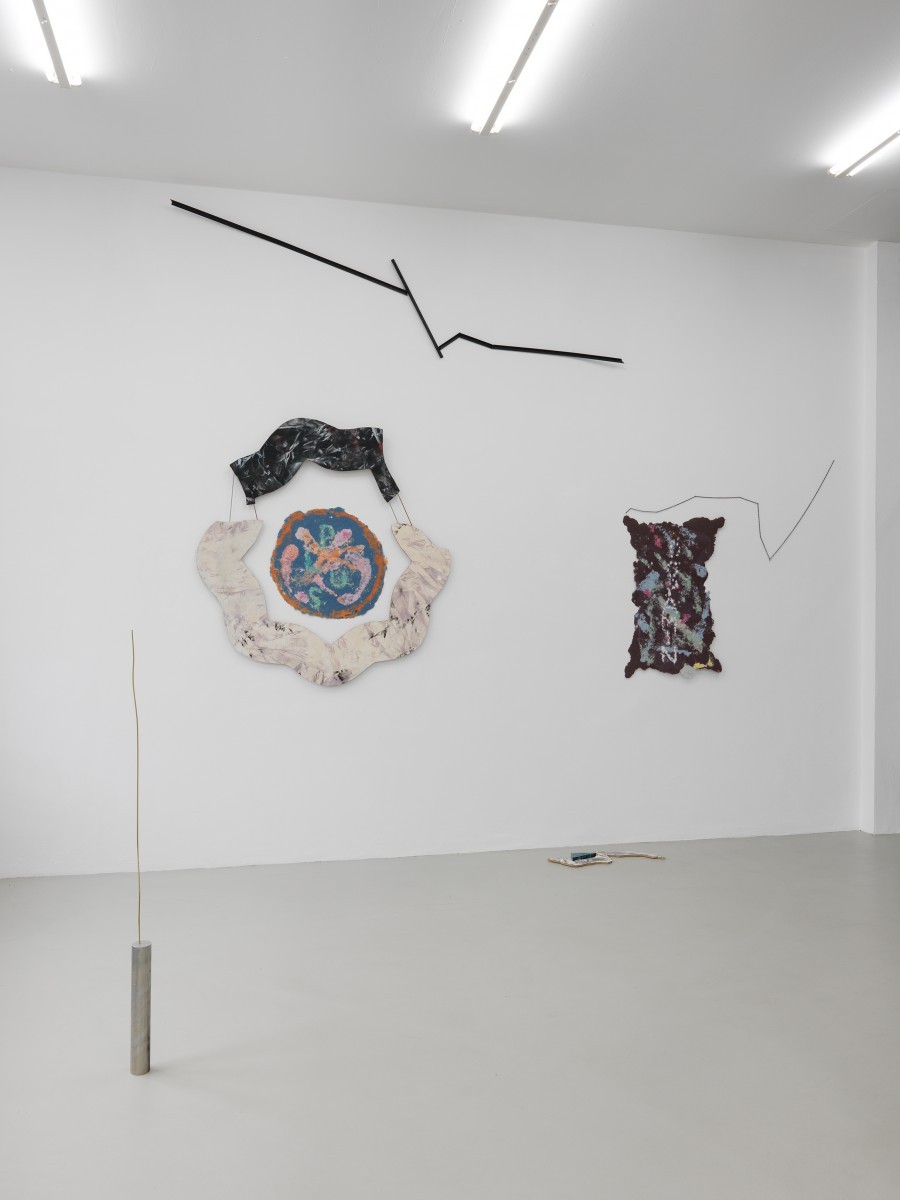
Daniel Kiss
fountain 2484
Installation view, Kunstverein Nürnberg – Albrecht Dürer Gesellschaft, 2016. Courtesy the artist
fountain 2484
Installation view, Kunstverein Nürnberg – Albrecht Dürer Gesellschaft, 2016. Courtesy the artist
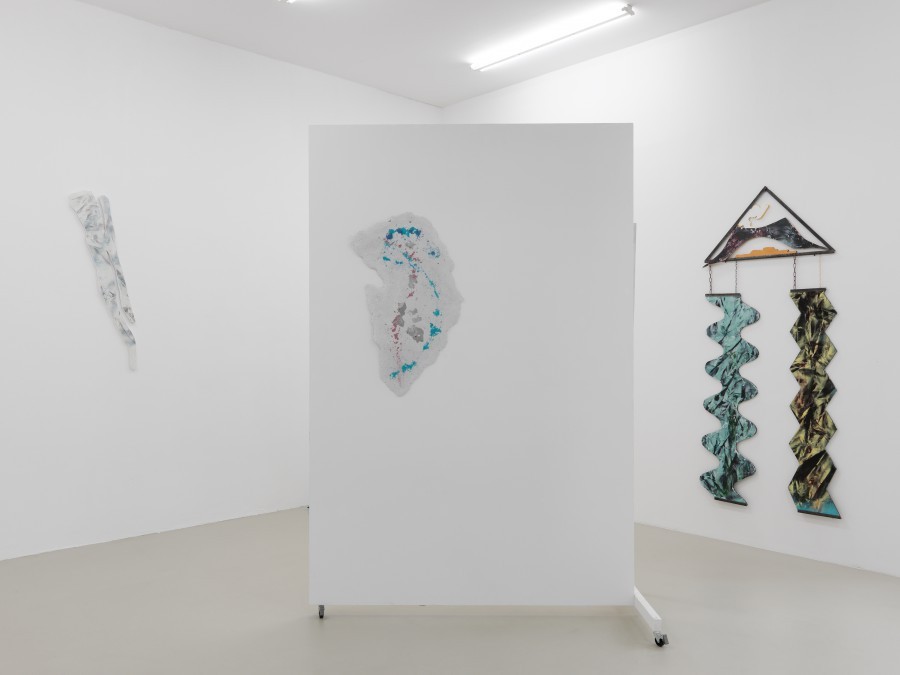
Daniel Kiss
fountain 2484
Installation view, Kunstverein Nürnberg – Albrecht Dürer Gesellschaft, 2016. Courtesy the artist
fountain 2484
Installation view, Kunstverein Nürnberg – Albrecht Dürer Gesellschaft, 2016. Courtesy the artist
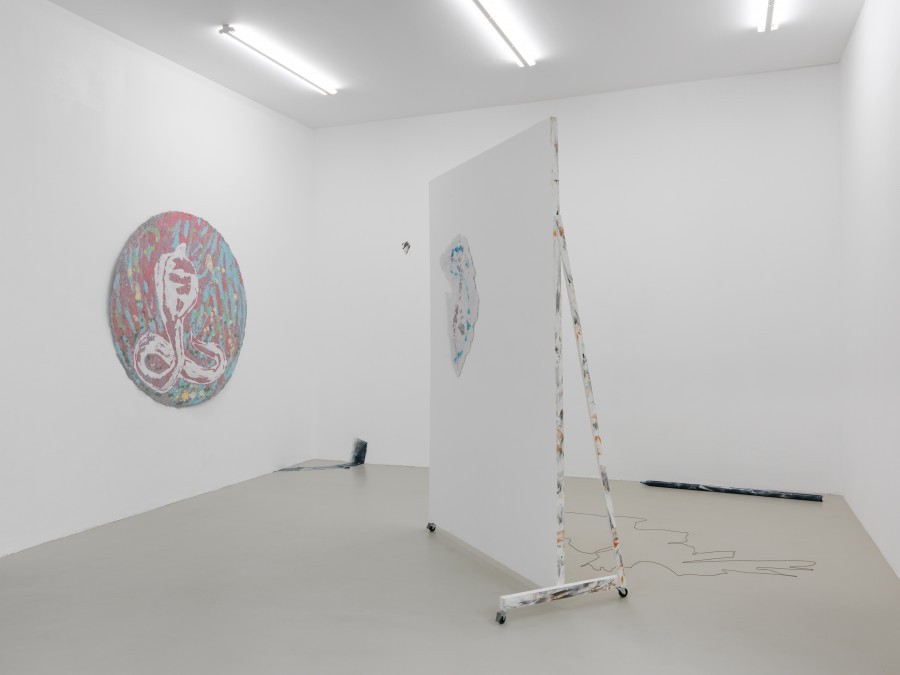
Daniel Kiss
fountain 2484
Installation view, Kunstverein Nürnberg – Albrecht Dürer Gesellschaft, 2016. Courtesy the artist
fountain 2484
Installation view, Kunstverein Nürnberg – Albrecht Dürer Gesellschaft, 2016. Courtesy the artist
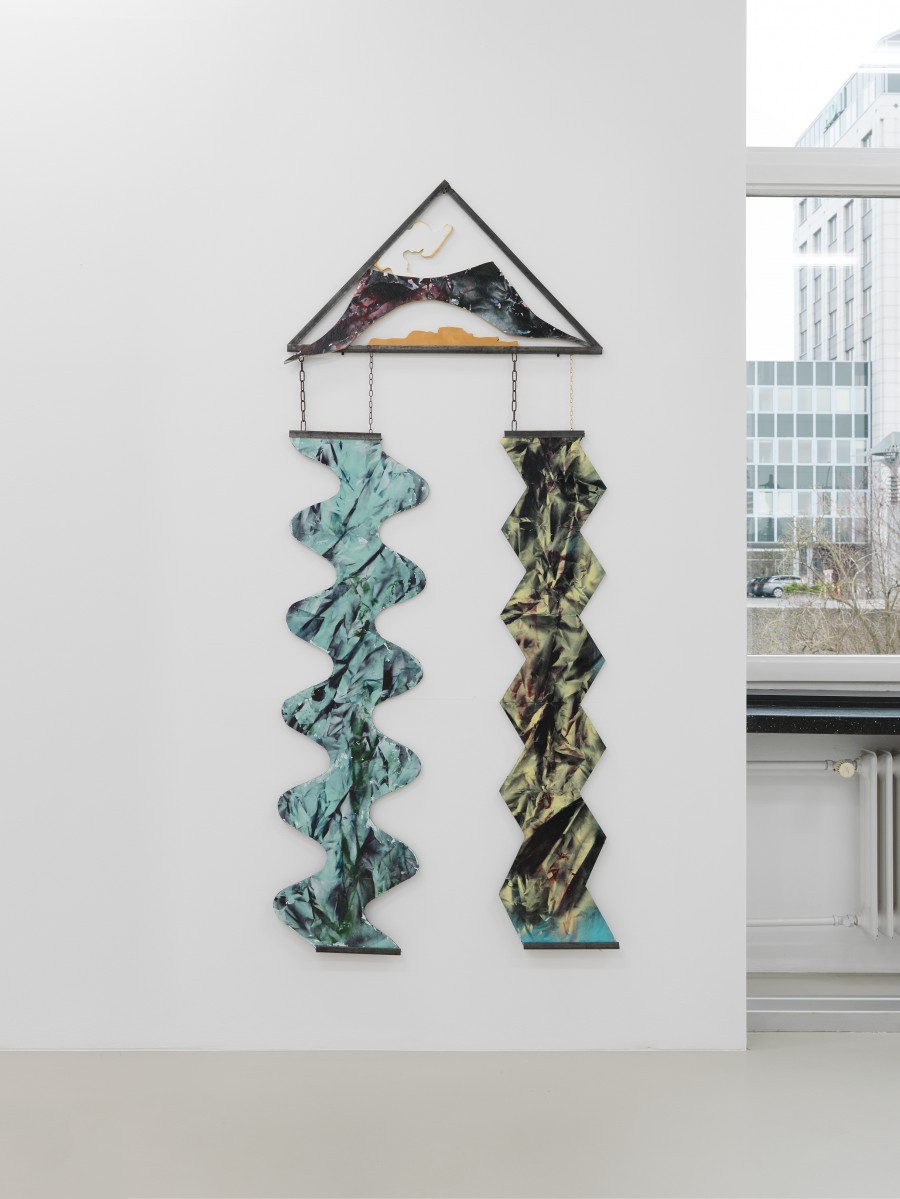
Daniel Kiss
Waage I, 2016
wood, metal, paint
220 x 90 x 2 cm
Installation view, Kunstverein Nürnberg – Albrecht Dürer Gesellschaft, 2016. Courtesy the artist
Waage I, 2016
wood, metal, paint
220 x 90 x 2 cm
Installation view, Kunstverein Nürnberg – Albrecht Dürer Gesellschaft, 2016. Courtesy the artist
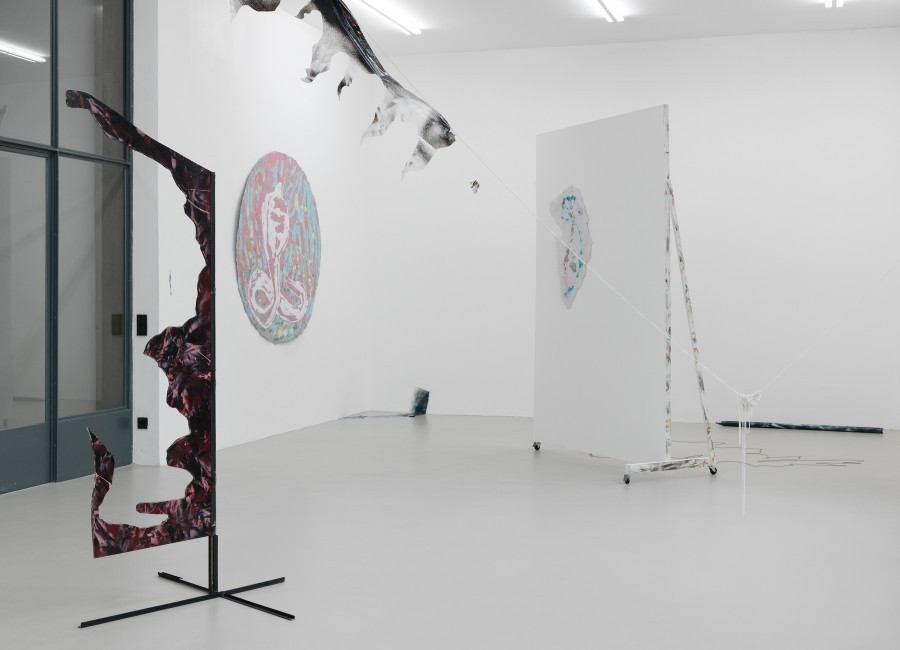
Daniel Kiss
fountain 2484
Installation view, Kunstverein Nürnberg – Albrecht Dürer Gesellschaft, 2016. Courtesy the artist
fountain 2484
Installation view, Kunstverein Nürnberg – Albrecht Dürer Gesellschaft, 2016. Courtesy the artist
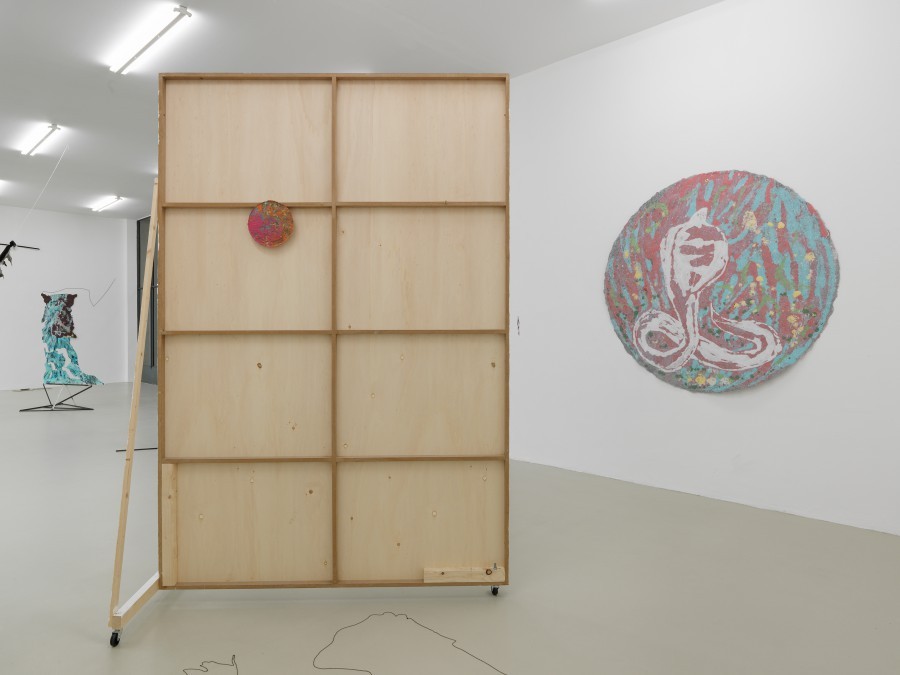
Daniel Kiss
fountain 2484
Installation view, Kunstverein Nürnberg – Albrecht Dürer Gesellschaft, 2016. Courtesy the artist
fountain 2484
Installation view, Kunstverein Nürnberg – Albrecht Dürer Gesellschaft, 2016. Courtesy the artist
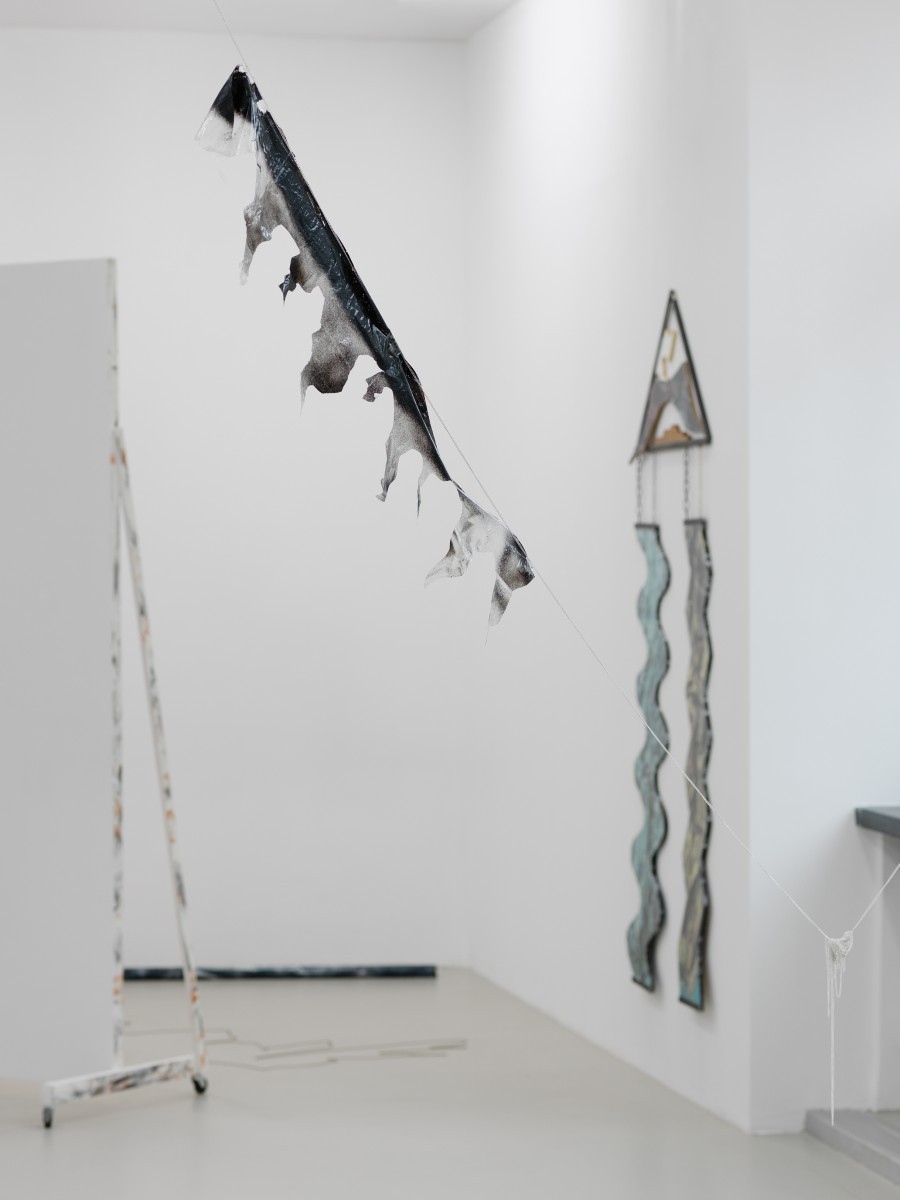
Daniel Kiss
fountain 2484
Installation view, Kunstverein Nürnberg – Albrecht Dürer Gesellschaft, 2016. Courtesy the artist
fountain 2484
Installation view, Kunstverein Nürnberg – Albrecht Dürer Gesellschaft, 2016. Courtesy the artist
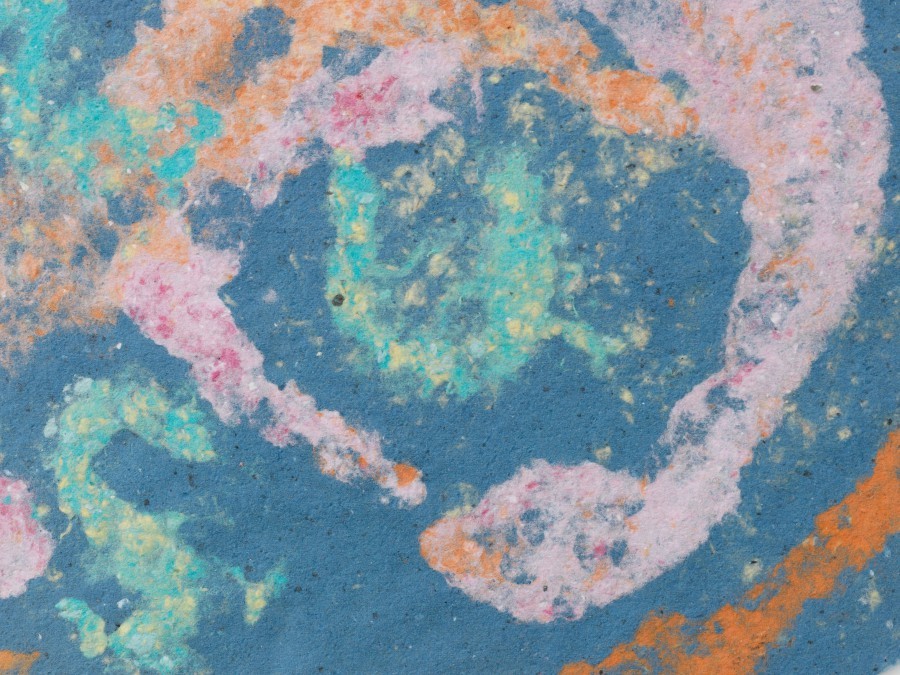
Daniel Kiss
So plus, 2016 (Detail)
paper
Ø 60 cm
Installation view, Kunstverein Nürnberg – Albrecht Dürer Gesellschaft, 2016. Courtesy the artist. Fotos: Annette Kradisch
So plus, 2016 (Detail)
paper
Ø 60 cm
Installation view, Kunstverein Nürnberg – Albrecht Dürer Gesellschaft, 2016. Courtesy the artist. Fotos: Annette Kradisch
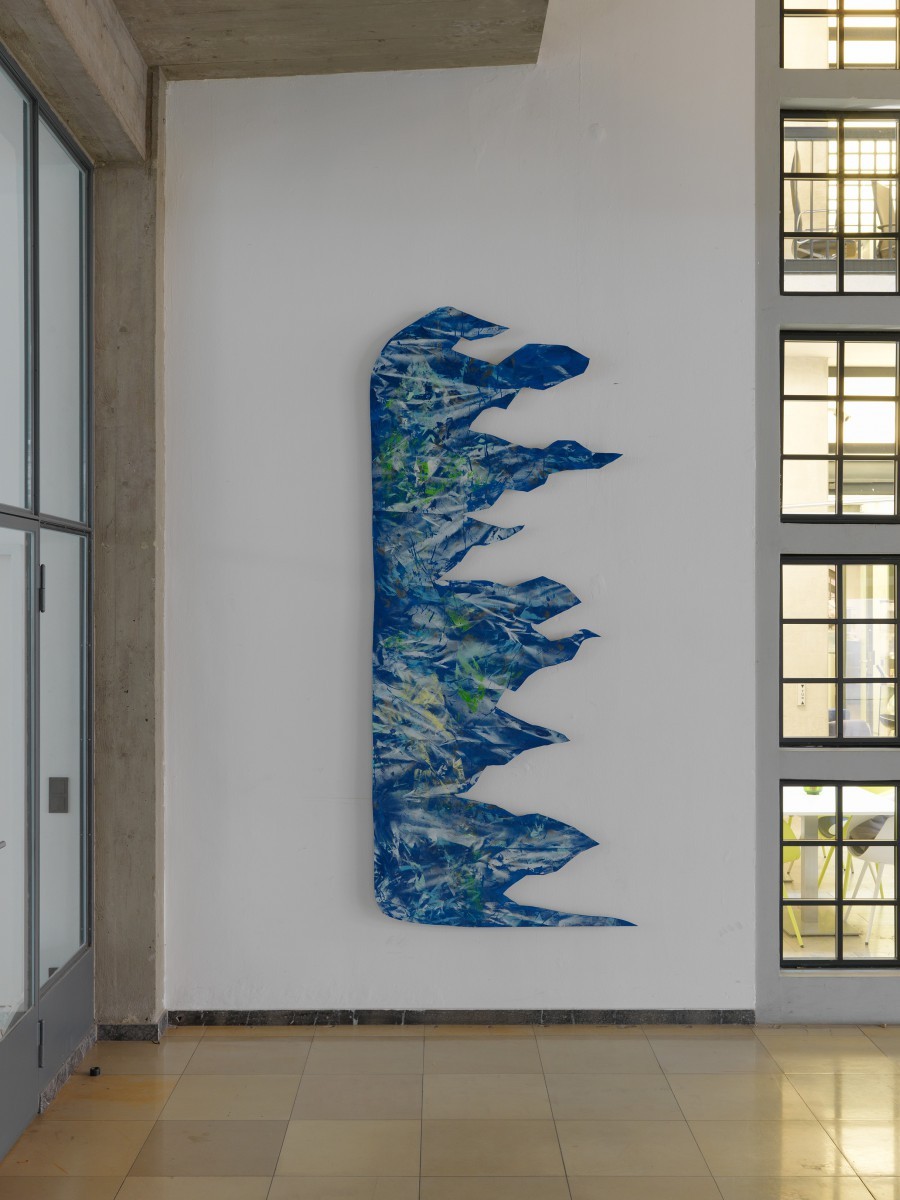
Daniel Kiss
Satisfaction, 2016
wood, paint
265 x 120 x 1,5 cm.
Installation view, Kunstverein Nürnberg – Albrecht Dürer Gesellschaft, 2016. Courtesy the artist. Foto: Annette Kradisch
Satisfaction, 2016
wood, paint
265 x 120 x 1,5 cm.
Installation view, Kunstverein Nürnberg – Albrecht Dürer Gesellschaft, 2016. Courtesy the artist. Foto: Annette Kradisch
DANIEL KISS
fountain 2484
2 December 2016 - 12 February 2017
For his first major institutional solo exhibition Daniel Kiss (b. 1984, Roth; lives in Cologne) has created a series of new works that occupy the large gallery hall of the Kunstverein as a sequence of cut-out forms and silhouette-like images. Neither clearly painting nor sculpture, they open up a continuous exchange between two- and three-dimensionality through their physical presence as well as their surfaces. In this intermediate state, they illustrate how the perception of “flatness” does not exist per se, but is only a psychological size. Our ability to see is influenced by our experience of tangible bodies, and we inevitably translate two-dimensional outlines, drawings and motifs into objects with volume and interiors. This observation can be similarly applied to virtual images on the screen, which in the digital age influence our experience of reality more than ever.
The central function that keeps imagination and memory within our perception is activated by Daniel Kiss with the fragmented and incomplete shapes of his visual objects. As fragments and segments, they always refer to a greater whole – something that does not yet exist and which has yet to materialise. The title of the exhibition, fountain 2484, indicates the notion of the “source” or “origin” that is bound to a distant future by the indication of a year. Loose reference is made to the sci-fi film The Fountain (2006), by US-American director and screenwriter Darren Aronofsky, in which the search for the legendary fountain of youth as a metaphor for yearning is told across three time periods. Ultimately the journey reveals not only the cycle of human existence, but also brings together different systems of belief.
Daniel Kiss addresses this narrative moment to consider the impact of human systems of belief and how their symbolism has been incorporated into consumer and visual culture. Advertising codes often convey below their surfaces our desire for transcendence, salvation and immortality, despite having long since lost their religious content. Kiss carries over this appropriation of spiritual symbolism by the advertising, pop music and fashion industries into his works as images of flames and undulations, crystalline structures and mandala-like configurations. Through these modified forms, he reveals the emblematic and economic values according to which our cultural products and artefacts are measured. The value of things is dependent on the symbolic order of society, and changes with the advance of technology, interventions in nature and against the background of social crises. By means of artistic mimicry, Daniel Kiss examines the affective and emotional attributions of manmade objects and how economics and faith continuously interact through their appreciation.
In the works of Daniel Kiss, manual production plays an especially significant role. Objects such as his Satisfaction and Fragment ice (2016) were created by making incisions and cut-outs in wood panels, while paper works such as Snake God and Dopamine (2016) are the result of manual casting techniques. The artist developed his own printing technique to add ornamental surfaces to his wood sculptures, by transferring layers of dried paint from a plastic sheet onto the wood. The marbled surfaces do not reference structures from nature, but are clearly an act of artificial enhancement. In this sense, Kiss is working with a system of camouflage that mimics mechanical coating processes by hand. The development of unique production techniques and their calculated imperfection is also apparent in the paper cast works, for which Kiss used self-made tools and found materials, such as colourfully stained napkins and pages from art magazines. The mostly circular images capture the precarious moment of balance between chance and control, and visualise their motifs and compositions in a fluid, volatile state.
Through his intentional appropriation of existing production techniques and cultural markers, Kiss creates with his works an individual reference system that reflects the closer environment between the private and the collective, and between cultural values and their impermanence. Through their form, textures and symbolism, his works engender a sense of movement that steadily seeks to overcome physical and mental boundaries.
Daniel Kiss (b. 1984, Roth; lives in Cologne) studied from 2007 to 2014 at the Academy of Fine Arts Nürnberg and completed his studies as master-class student of professor Michael Munding in 2014. In the last few years, he presented his work in solo exhibitions as e.g. in crooked horizons, PIK – Projektraum im Kunstwerk, Cologne (2016, together with Benjamin Zuber), in fountain I, bazaar compatible program, Shanghai (2015) or in my option is choice, blackbox gallery, Copenhagen (2014). Furthermore his works have been represented in group shows as e.g. in Allesverloren, SØ, Copenhagen (2016), in Not yet, but still, Mélange, COFA Contemporary, Cologne (2015), in Superfecta, Parkhaus Düsseldorf (2014) or in Lied des Jetzt, Basis, Frankfurt a. M. (2014).
fountain 2484
2 December 2016 - 12 February 2017
For his first major institutional solo exhibition Daniel Kiss (b. 1984, Roth; lives in Cologne) has created a series of new works that occupy the large gallery hall of the Kunstverein as a sequence of cut-out forms and silhouette-like images. Neither clearly painting nor sculpture, they open up a continuous exchange between two- and three-dimensionality through their physical presence as well as their surfaces. In this intermediate state, they illustrate how the perception of “flatness” does not exist per se, but is only a psychological size. Our ability to see is influenced by our experience of tangible bodies, and we inevitably translate two-dimensional outlines, drawings and motifs into objects with volume and interiors. This observation can be similarly applied to virtual images on the screen, which in the digital age influence our experience of reality more than ever.
The central function that keeps imagination and memory within our perception is activated by Daniel Kiss with the fragmented and incomplete shapes of his visual objects. As fragments and segments, they always refer to a greater whole – something that does not yet exist and which has yet to materialise. The title of the exhibition, fountain 2484, indicates the notion of the “source” or “origin” that is bound to a distant future by the indication of a year. Loose reference is made to the sci-fi film The Fountain (2006), by US-American director and screenwriter Darren Aronofsky, in which the search for the legendary fountain of youth as a metaphor for yearning is told across three time periods. Ultimately the journey reveals not only the cycle of human existence, but also brings together different systems of belief.
Daniel Kiss addresses this narrative moment to consider the impact of human systems of belief and how their symbolism has been incorporated into consumer and visual culture. Advertising codes often convey below their surfaces our desire for transcendence, salvation and immortality, despite having long since lost their religious content. Kiss carries over this appropriation of spiritual symbolism by the advertising, pop music and fashion industries into his works as images of flames and undulations, crystalline structures and mandala-like configurations. Through these modified forms, he reveals the emblematic and economic values according to which our cultural products and artefacts are measured. The value of things is dependent on the symbolic order of society, and changes with the advance of technology, interventions in nature and against the background of social crises. By means of artistic mimicry, Daniel Kiss examines the affective and emotional attributions of manmade objects and how economics and faith continuously interact through their appreciation.
In the works of Daniel Kiss, manual production plays an especially significant role. Objects such as his Satisfaction and Fragment ice (2016) were created by making incisions and cut-outs in wood panels, while paper works such as Snake God and Dopamine (2016) are the result of manual casting techniques. The artist developed his own printing technique to add ornamental surfaces to his wood sculptures, by transferring layers of dried paint from a plastic sheet onto the wood. The marbled surfaces do not reference structures from nature, but are clearly an act of artificial enhancement. In this sense, Kiss is working with a system of camouflage that mimics mechanical coating processes by hand. The development of unique production techniques and their calculated imperfection is also apparent in the paper cast works, for which Kiss used self-made tools and found materials, such as colourfully stained napkins and pages from art magazines. The mostly circular images capture the precarious moment of balance between chance and control, and visualise their motifs and compositions in a fluid, volatile state.
Through his intentional appropriation of existing production techniques and cultural markers, Kiss creates with his works an individual reference system that reflects the closer environment between the private and the collective, and between cultural values and their impermanence. Through their form, textures and symbolism, his works engender a sense of movement that steadily seeks to overcome physical and mental boundaries.
Daniel Kiss (b. 1984, Roth; lives in Cologne) studied from 2007 to 2014 at the Academy of Fine Arts Nürnberg and completed his studies as master-class student of professor Michael Munding in 2014. In the last few years, he presented his work in solo exhibitions as e.g. in crooked horizons, PIK – Projektraum im Kunstwerk, Cologne (2016, together with Benjamin Zuber), in fountain I, bazaar compatible program, Shanghai (2015) or in my option is choice, blackbox gallery, Copenhagen (2014). Furthermore his works have been represented in group shows as e.g. in Allesverloren, SØ, Copenhagen (2016), in Not yet, but still, Mélange, COFA Contemporary, Cologne (2015), in Superfecta, Parkhaus Düsseldorf (2014) or in Lied des Jetzt, Basis, Frankfurt a. M. (2014).
